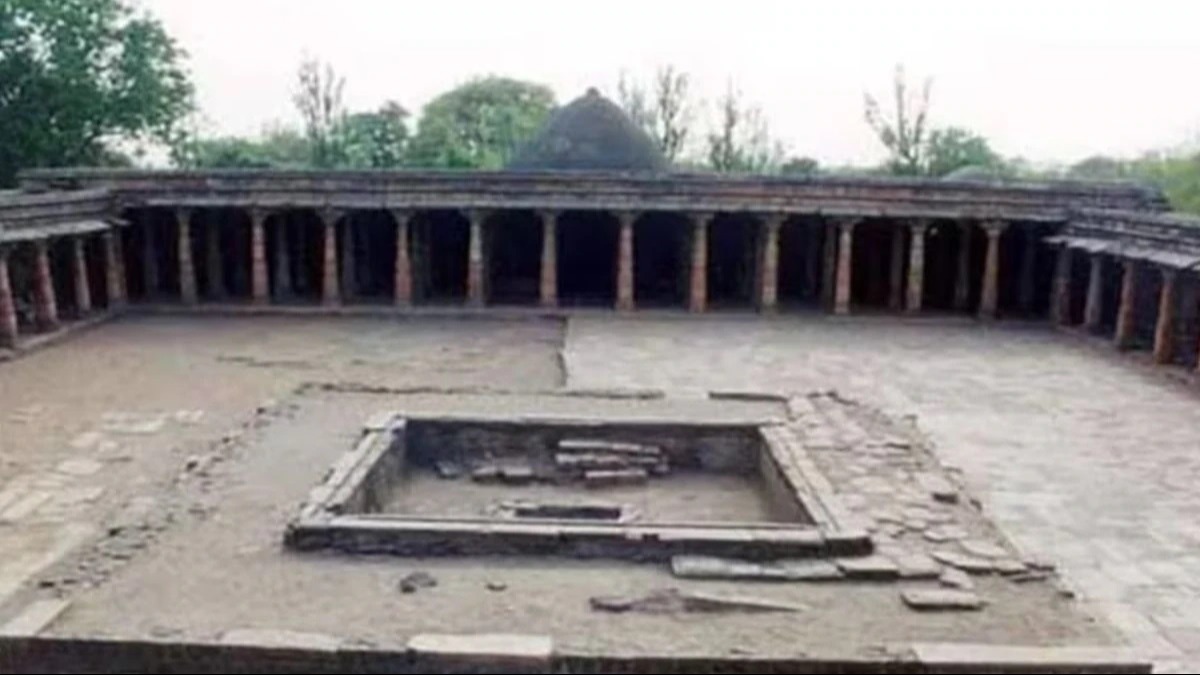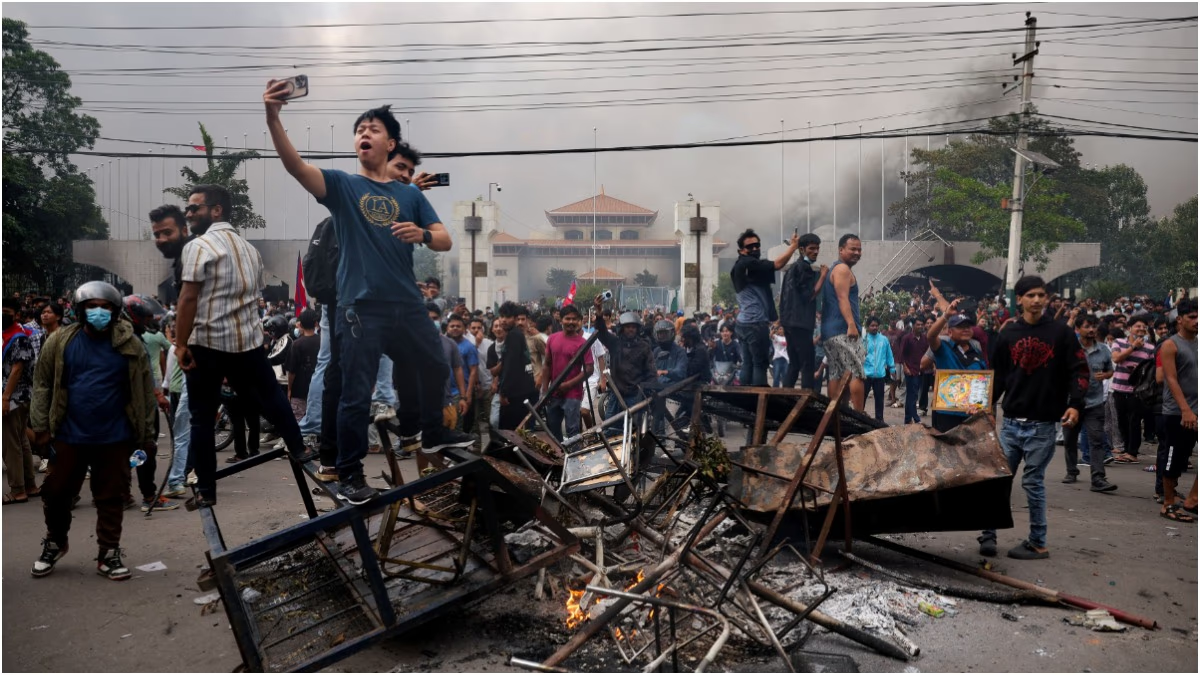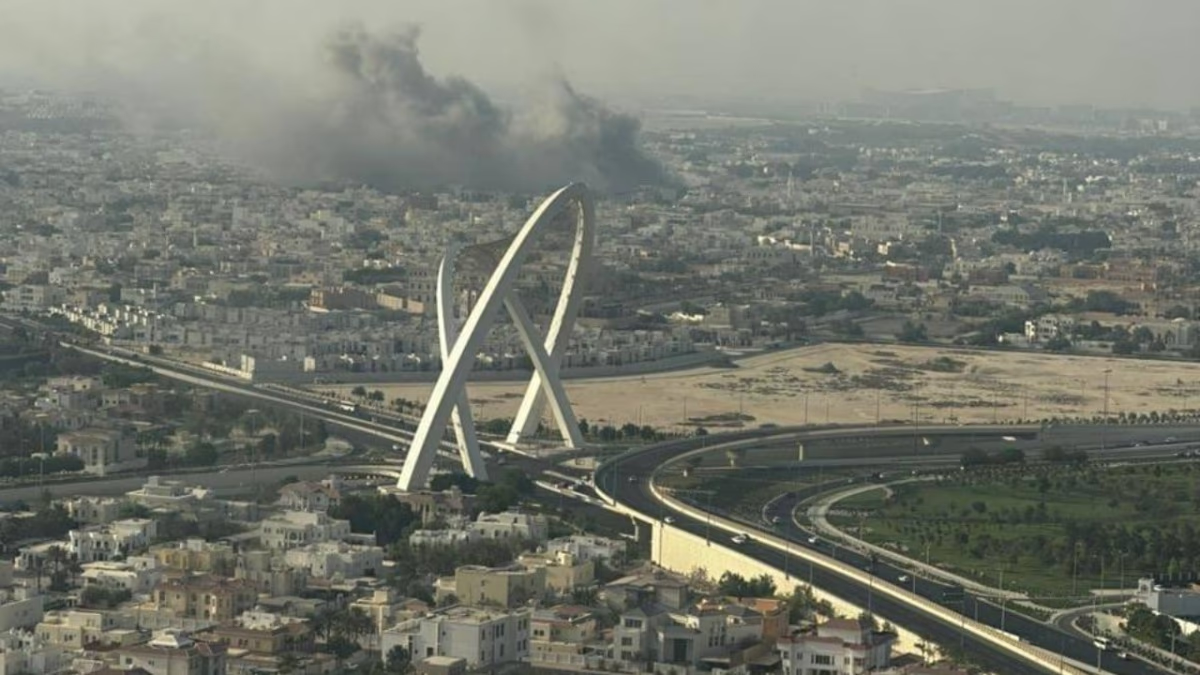A team from the Archaeological Survey of India (ASI) will conduct a survey of the Bhojshala site in Dhar, Madhya Pradesh, this Friday following a decision from the Indore bench of the Madhya Pradesh High Court. The court ordered an ASI survey of Bhojshala last week.
Hindu organizations contend that the Kamal Maulana Mosque in Dhar is in fact the ancient Bhojshala Temple to Goddess Saraswati, commissioned by King Bhoj in 1034 for the study of Sanskrit, which was later destroyed by Mughal invaders.
It was for a scientific survey of this compound that the Hindu Front for Justice filed a petition in the High Court, leading to the court's instruction for an archaeological assessment.
ASI has requested sufficient security forces from Dhar administration ahead of the survey to ensure uninterrupted progress.
A report must be submitted before April 29
The Indore bench of the Madhya Pradesh High Court specified that a thorough scientific investigation, including carbon dating, should be done to determine the age of the structures, both above and below ground.
The court also instructed that the survey should be conducted in the presence of two representatives from both parties and be recorded on video. The next hearing is scheduled for April 29, with ASI expected to submit their report by then.
King Bhoj Is Said to Have Established Bhojshala: Hindu Parties
According to Hindu groups, Bhojshala, believed to be a Saraswati Temple, was founded by King Bhoj in 1034 for Sanskrit studies, but was later demolished by Mughal conquerors. A request for its scientific survey led the High Court to order an archaeological review.
The History Behind Bhojshala
Over a thousand years ago, Dhar was under the rule of the Paramara dynasty. King Bhoj, a devout follower of Goddess Saraswati, reigned from 1000 to 1055 AD and established a major educational institution known as Bhojshala in 1034.
Historical records suggest that Alauddin Khilji destroyed Bhojshala in 1305. Later, in 1401 AD, Dilawar Khan Gauri constructed a mosque within part of Bhojshala. Mahmud Shah Khilji added another mosque to the remaining part in 1514 AD.
An excavation in 1875 unearthed a statue of Goddess Saraswati, which was taken to London by an Englishman named Major Kinkaid. The statue currently resides in a London museum. The recent petition in the High Court also seeks the return of this artifact from London.




